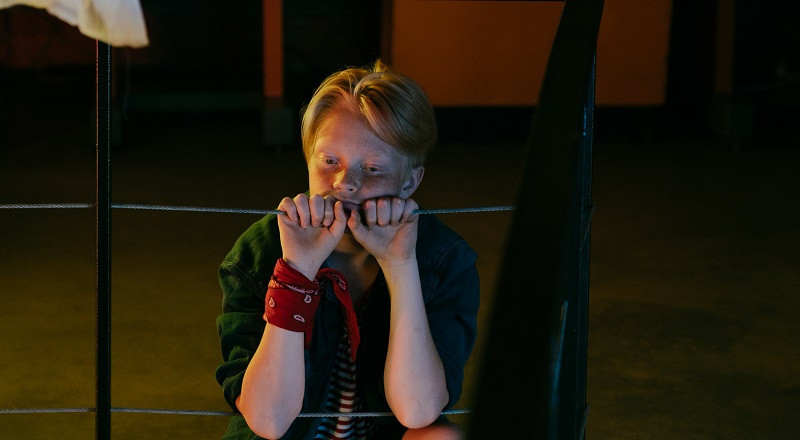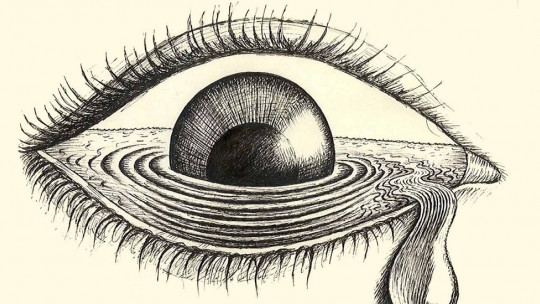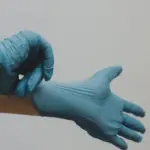The practice of self-harm is one of the mental and physical health problems that is increasingly normalized among adolescents; These types of actions have even come to be considered a hallmark of certain urban tribes.
People who self-harm generally do so as a dysfunctional way of coping with emotional disturbances or life difficulties linked to anxious or depressive symptoms, which is why learning substitute strategies to overcome all the discomfort that one feels is of great importance.
And although carrying out self-harm actions is not the same as suicide attempts, we should not underestimate its harmful effect on the lives of thousands of people, especially adolescents and young adults. Therefore, in this article we will see some Strategies that can help combat the phenomenon of self-harm among youth focusing on the role of fathers and mothers as caregivers and role models for these people.
Self-harming behaviors and adolescence
Adolescence is a period of great agitation in which certain physical and psychological processes are experienced that can be very hard and leave little time to adapt to them (since they appear relatively quickly).
In this context, some adolescents begin to damage their own body as a mechanism to relieve your emotional discomfort through stimuli associated with physical pain which are used as a distraction that places them in the here and now and allows them to put aside (even for the moment) anxious and intrusive thoughts.

These self-harms can consist of a wide variety of harmful behaviors, and among the most common we find cuts to the skin with objects or nails, blows, burns with lighters, caused bruises, or pulling one’s hair a lot.
Strategies to deal with self-harm among adolescents
In cases of self-harm in adolescents, parents are usually the first to worry about their children’s health and often find themselves lost and unsure of what measures to take to help them.
Taking this into account, in today’s article we present our selection of strategies that we can follow to help our adolescent son if he exhibits self-harming behaviors.
1. Provide emotional support
The first measure we must take as parents of a teenager who self-harms is to provide him with all the emotional support he needs in such a difficult and painful period he is going through, making him understand from the beginning that we are going to help him with everything he needs.
Besides that, It is important that our son or daughter knows that we care about their well-being and that we will find a way to solve the problem as soon as possible, whatever the cost.
2. Focus on the cause of the injury
As we have indicated, self-harming behaviors are often due to a state of heightened suffering in the person, which can present serious emotional psychological alterations. Some of these may be cases of depression, anxiety, eating disorders, social deficits or simply difficulties controlling their emotions.
That is why before carrying out any other strategy we must find out what causes our child’s self-harm, always encouraging communication and asking open questions so that he can tell us his problem.
Some of the questions we can ask are: “What do you feel before you get injured?”; “What do you feel during self-injury and in the moments after?”; “When did you start to get injured and for what reason?”; “What are your daily habits?”
3. Offer distraction strategies
Helping our son to incorporate into his daily life a series of distraction strategies that help him overcome the need to self-harm is the third piece of advice that we can put into practice in the family environment.
Some of these strategies that can be put into practice to distract oneself are exercising, playing a sport that the person may like, talking with friends or family, walking or hiking, reading, watching television, playing with the pet or participating in board games with friends or family.
These are some of the activities that can be done to help the person forget or distract themselves from their self-harm desire, but The possibilities are endless and depend on the interests of each teenager.
4. Help him believe that he can overcome his pain
Helping our son begin to believe that overcoming his problem is possible and that with time and the help of his parents he will feel better is another of the fundamental strategies that we can put into practice during the help process that we offer him.
This It will help improve your self-esteem as you can begin to build the necessary foundations of motivation and optimism to start your recovery and achieve success.
5. Help him express himself
As we have mentioned before, it is important that the adolescent can express himself so that his parents can know in depth everything that happens to him and what the magnitude of the problem he may have is, both psychologically, physically or emotionally.
To promote this expression of feelings, it is important for parents to always be collaborative, empathetic and close, with the aim of making the child feel comfortable and protected at all times.
In addition to that, we can help our child open up to us. being understanding with him and avoiding losing control of the situation without getting angry and without having negative reactions to what they may tell us or to the fact of having discovered self-harming behaviors.
6. Promotes injury replacement activities
In addition to the distraction strategies mentioned above, psychology professionals also recommend encouraging a series of activities with which we can replace the self-harming impulses of our adolescent son.
These techniques or substitute behaviors must be adapted to the preferences of each person and must be those activities that can have the best effect on the person and that help them the most to overcome their self-harm problem.
Some of these techniques could be: squeezing an elastic ball that fits in the palm of your hand, dancing, stomping your feet on the floor, or writing down negative feelings and tearing them up. It is recommended that they have nothing to do with eating without being hungry.
7. Promote expression strategies
Some of the main expression strategies that can be put into practice whenever you feel like self-harm are; write what you feel in a journal; paint; cry; call someone on the phone; talk to family; exercise with everything that makes you happy.
All these techniques can be put into practice systematically, until our child acquires automations with them that allow you to always find alternatives to self-harm.
8. Find relaxing activities
Relaxing activities allow us to achieve a state of calm and balance with which our child will be able to cope with the urge to self-harm.
Some of these relaxing activities can be taking a bath with salts, listening to relaxing music, meditating, doing yoga, having hot chocolate or other relaxing foods, lighting an incense stick, reading poetry or putting cream on the part of the body you want. injure.
9. Helps foster your social life
Maintaining an active social life can also be an excellent way to overcome the urge to self-harm in our teenager.
In these cases we can help you meet with your friends, your partner or other family members who make you feel better and with whom you can spend a pleasant time.
10. Go to psychotherapy
Regardless of whether the previous strategies work or not, you must go to psychotherapy professionals so that they explore that specific case and offer tailored solutions, in addition to monitoring progress towards improving the adolescent’s mental health.









